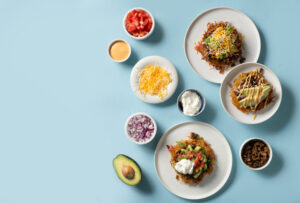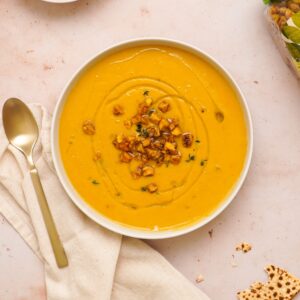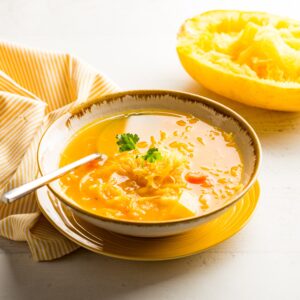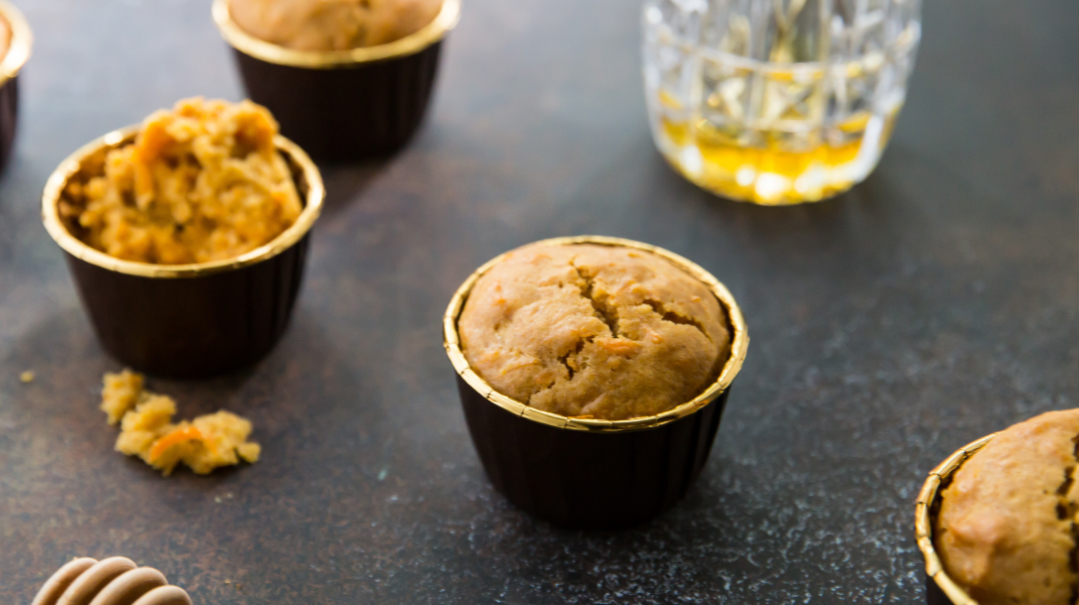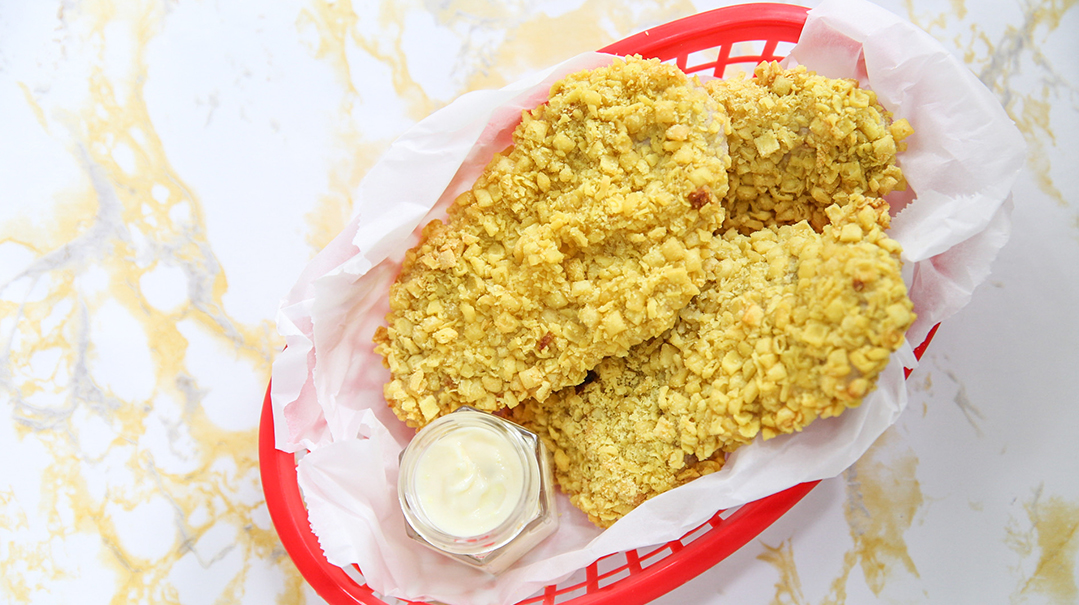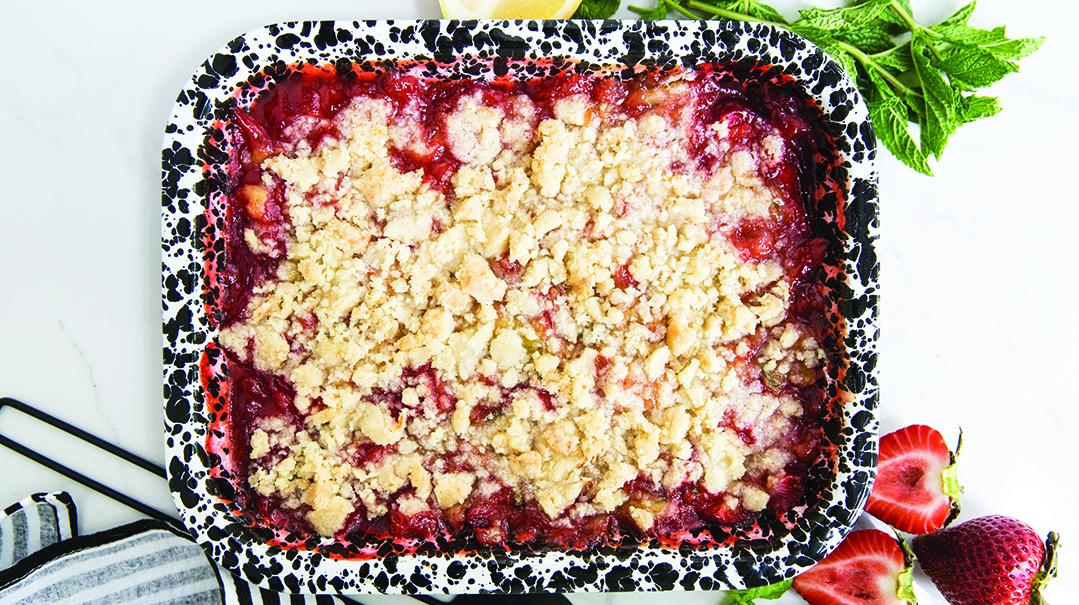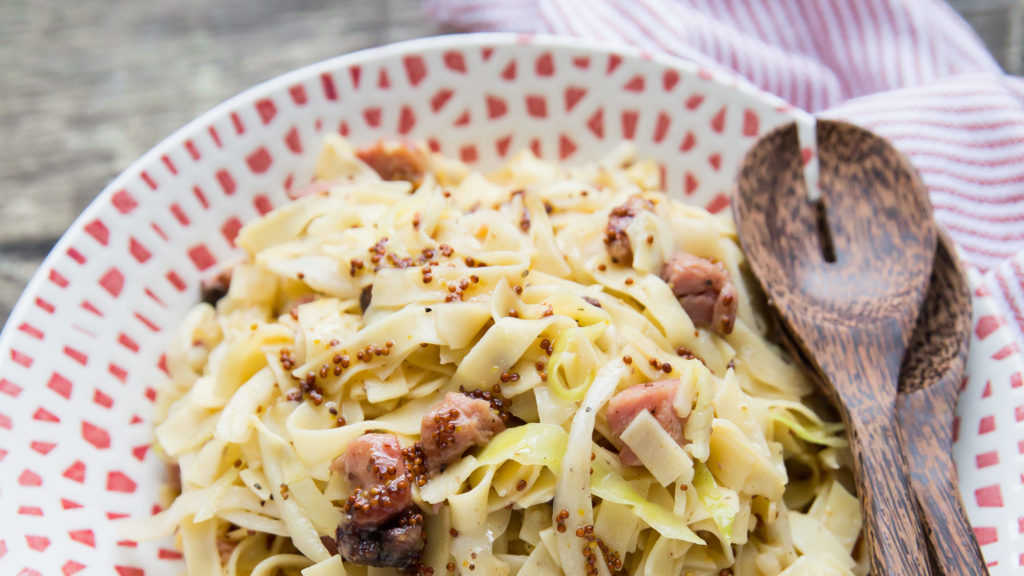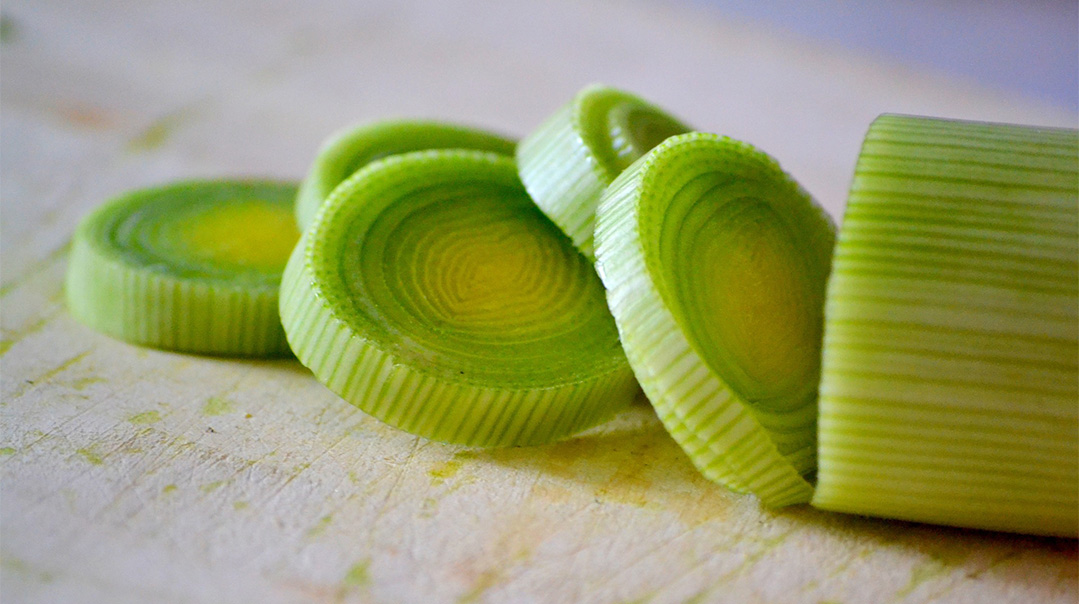Get to Know Kimchi

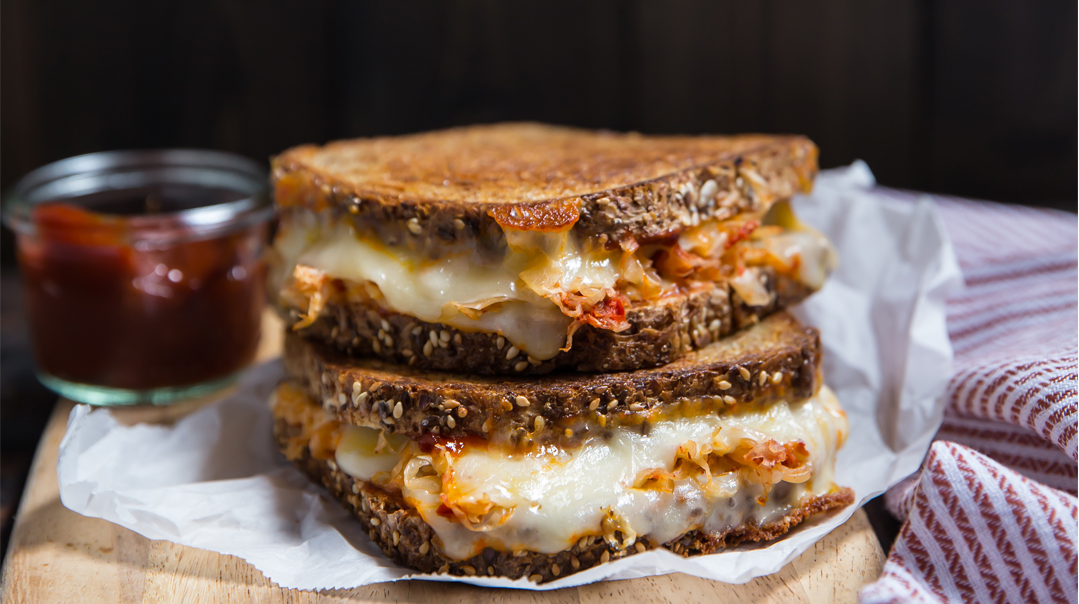
C
hances are you’ve had a hot dog with sauerkraut and mustard on a hot summer afternoon, but what is kimchi, a cousin of the more popular fermented condiment? Let’s find out! While sauerkraut is popular in Eastern European countries, kimchi is its Asian counterpart, native to Korea. Like sauerkraut, traditional kimchi is fermented using lactic acid. However, while the production of sauerkraut and kimchi is similar, their characteristics differ. Sauerkraut is made from cabbage, while kimchi may also include other spices and vegetables such as radish, carrot, cucumber, garlic, ginger, chilifl akes, and fish sauce. Kimchi’s flavor and texture is therefore more complex. Kimchi has made a comeback along with other fermented foods rich in probiotics like kefir and kombucha because they are high in beneficial bacteria lactobacillus, which has been found to help improve gut health and digestion. Kimchi’s flavor is sour, spicy, and salty with notes of umami. Recipes vary, but kimchi almost always includes napa cabbage, onions or scallions, garlic, ginger, and chili flakes.
Extra credit:
Quick tip:To make a quick kimchi, brine cabbage in a saltwater solution, then drain and mix with spices.
Substitution: Mix some sauerkraut with gochujang or sriracha, to taste, and a dash of fish sauce (if you’re not eating with meat). Uses: Kimchi makes a great addition to fried rice, ramen or other noodles, eggs, savory pancakes, miso soup, tacos, and braised chicken or meat.
Kimcheese
Kimchi + cheese make the perfect match in this savory grilled cheese sandwich with just the right kick!
YIELDS 1 SANDWICH
- 2 Tbsp ketchup
- 1 tsp gochujang (Korean chili paste) or sriracha
- 2 slices whole grain bread
- 2 slices orange rind Muenster cheese (or your cheese of choice)
- ¼ cup prepared kimchi, squeezed dry
- 1–2 tbsp butter
In a small bowl, combine the ketchup and gochujang or sriracha. Spread the ketchup over both pieces of bread. Top each slice with Muenster cheese and spread the kimchi out over one of the slices. Press the sandwich closed. Heat the butter in a cast-iron or nonstick skillet over medium-low heat. Place sandwich in the skillet. Cook until golden on the bottom. Flip, adding more butter to the pan if needed, and cook until the other side is golden and the cheese melts.
(Originally featured in FamilyTable, Issue 668)
Oops! We could not locate your form.



